VALERIE JAUDON (b. 1945)
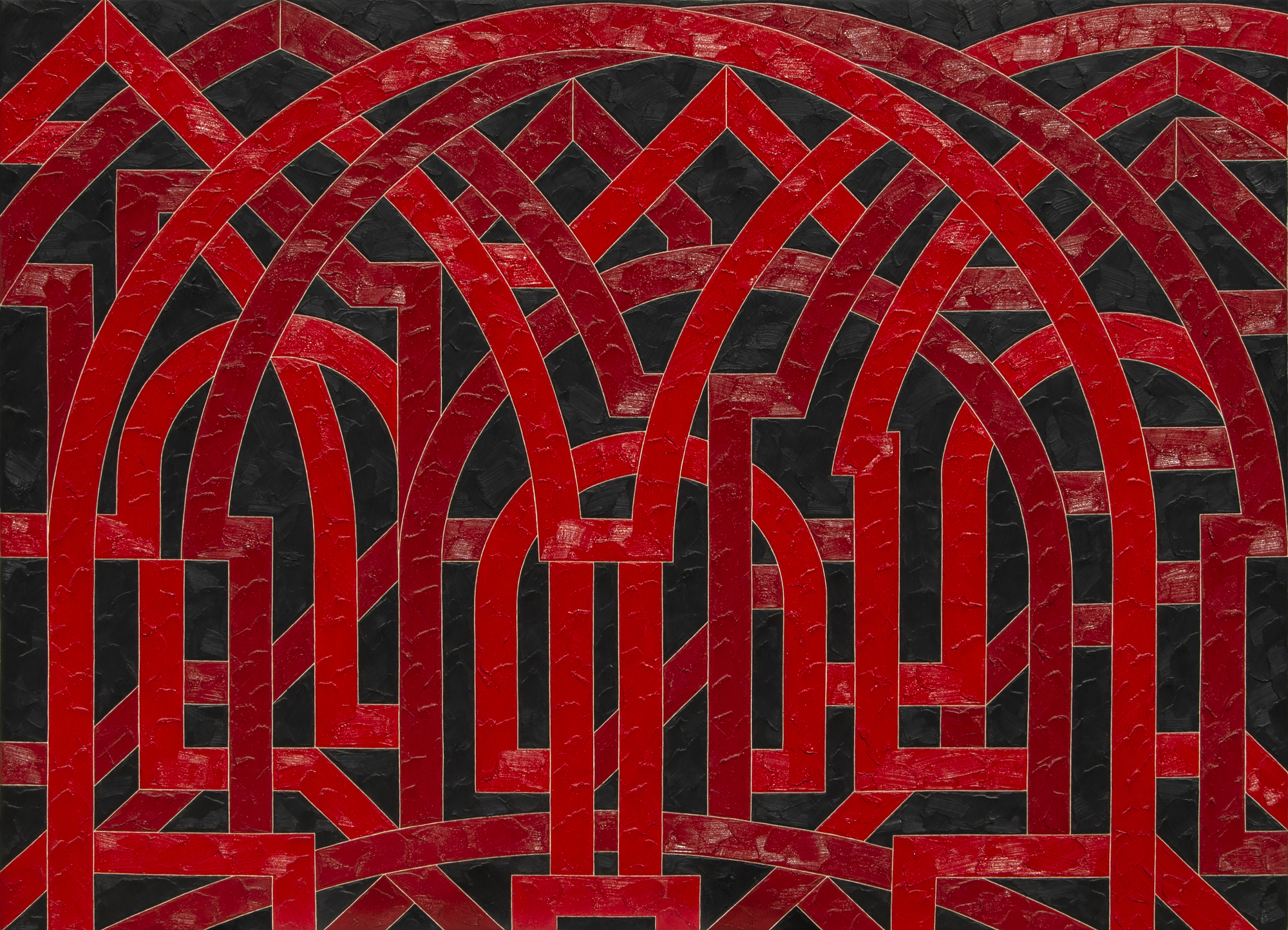
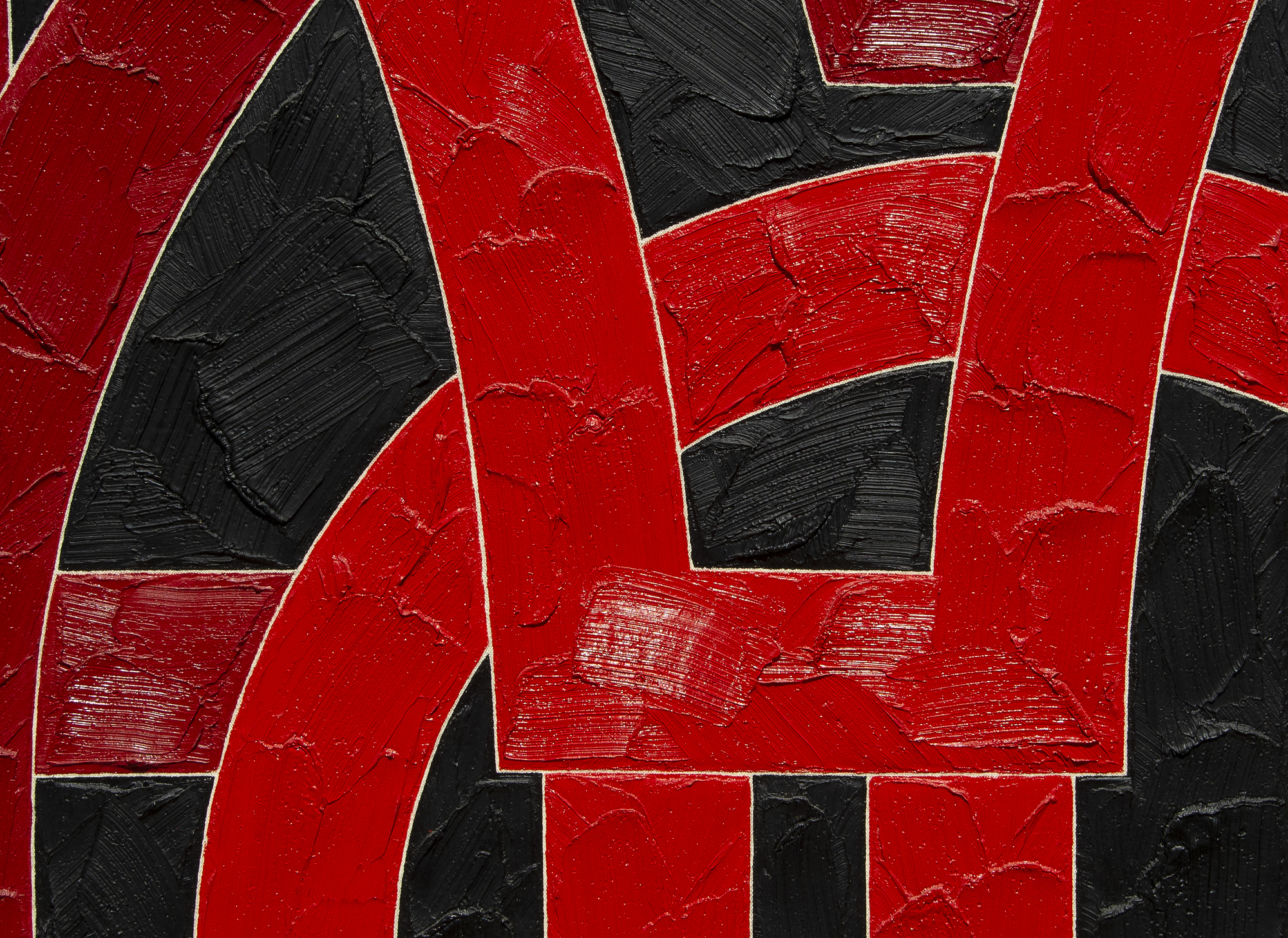
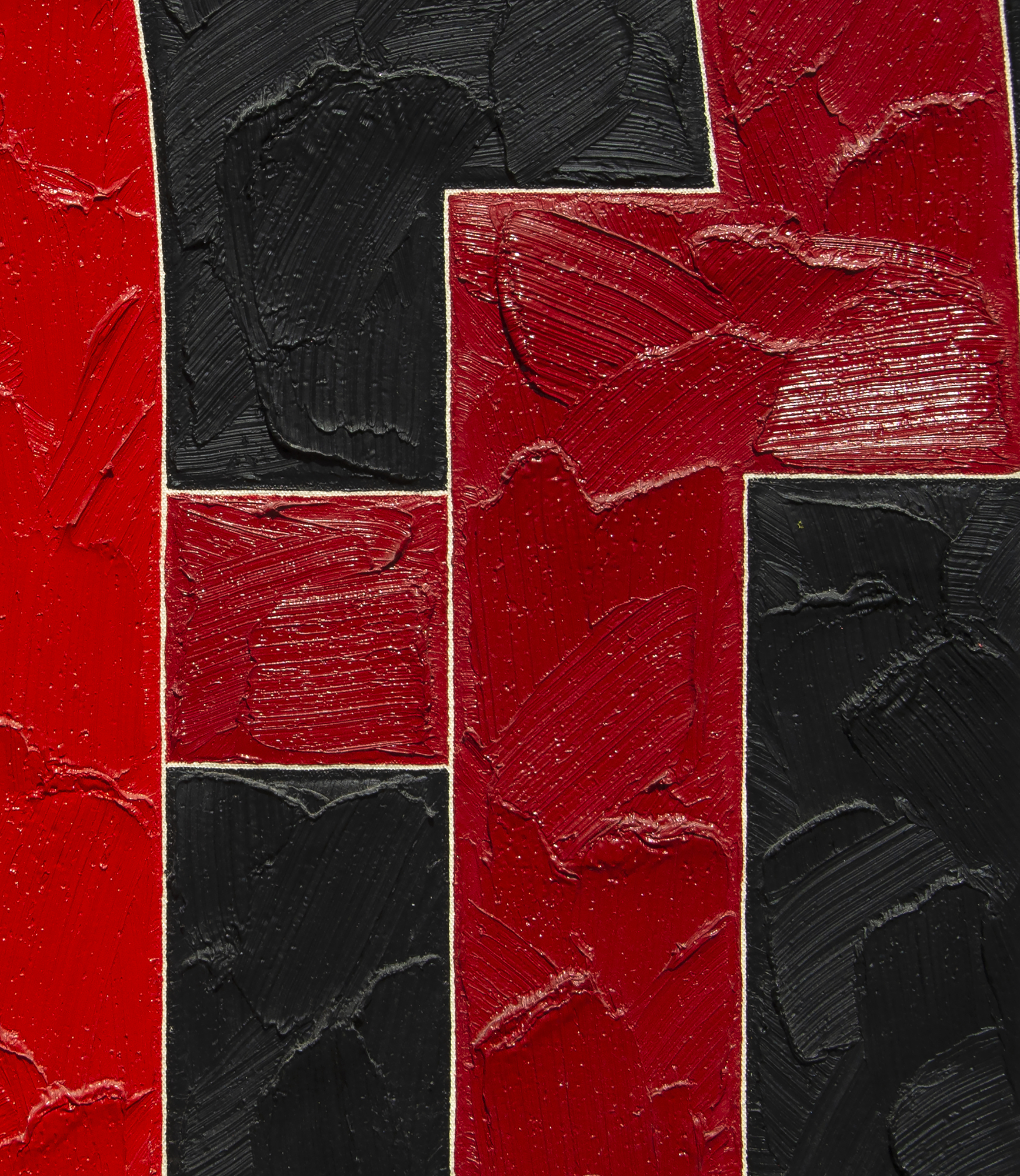

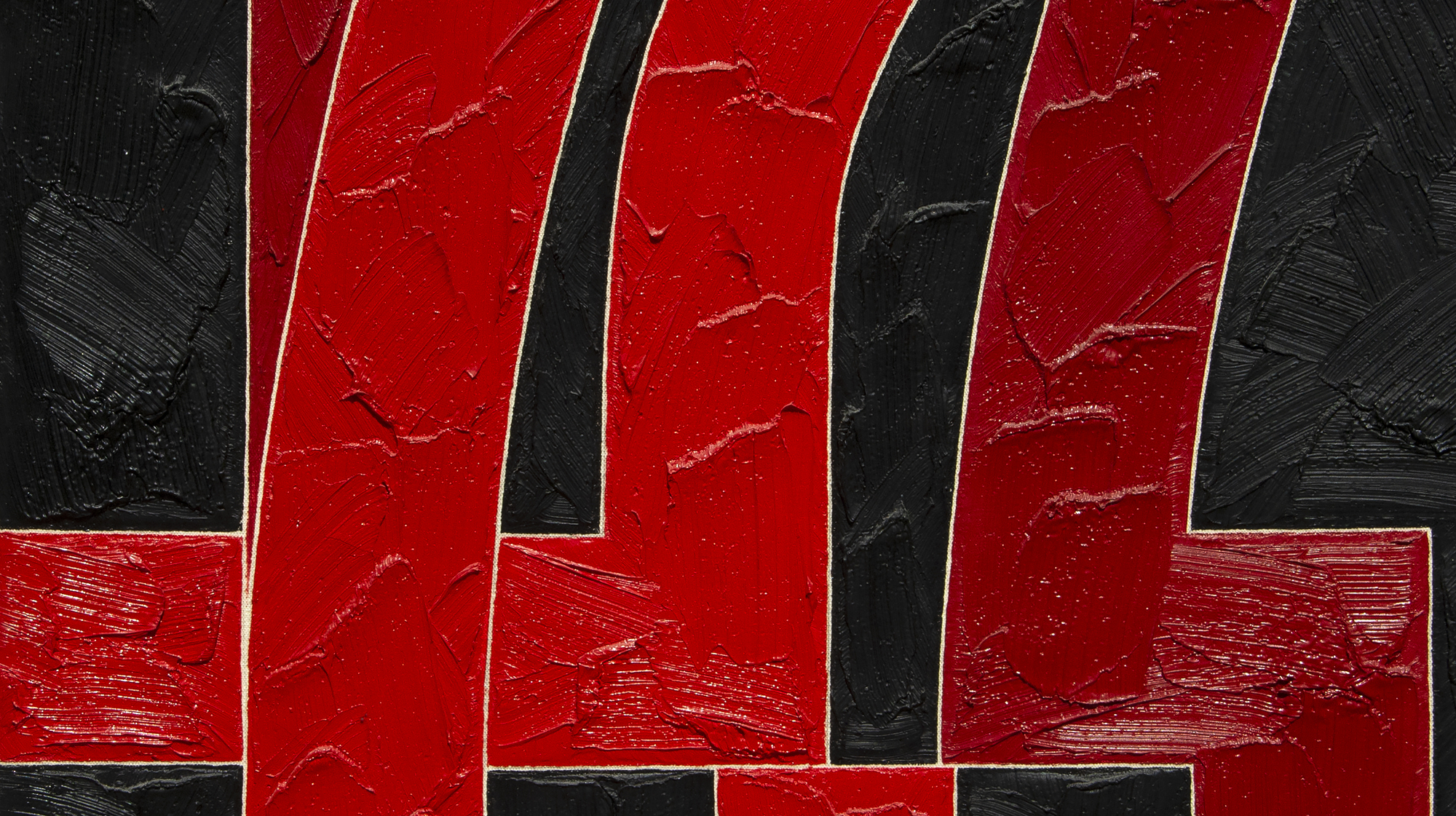
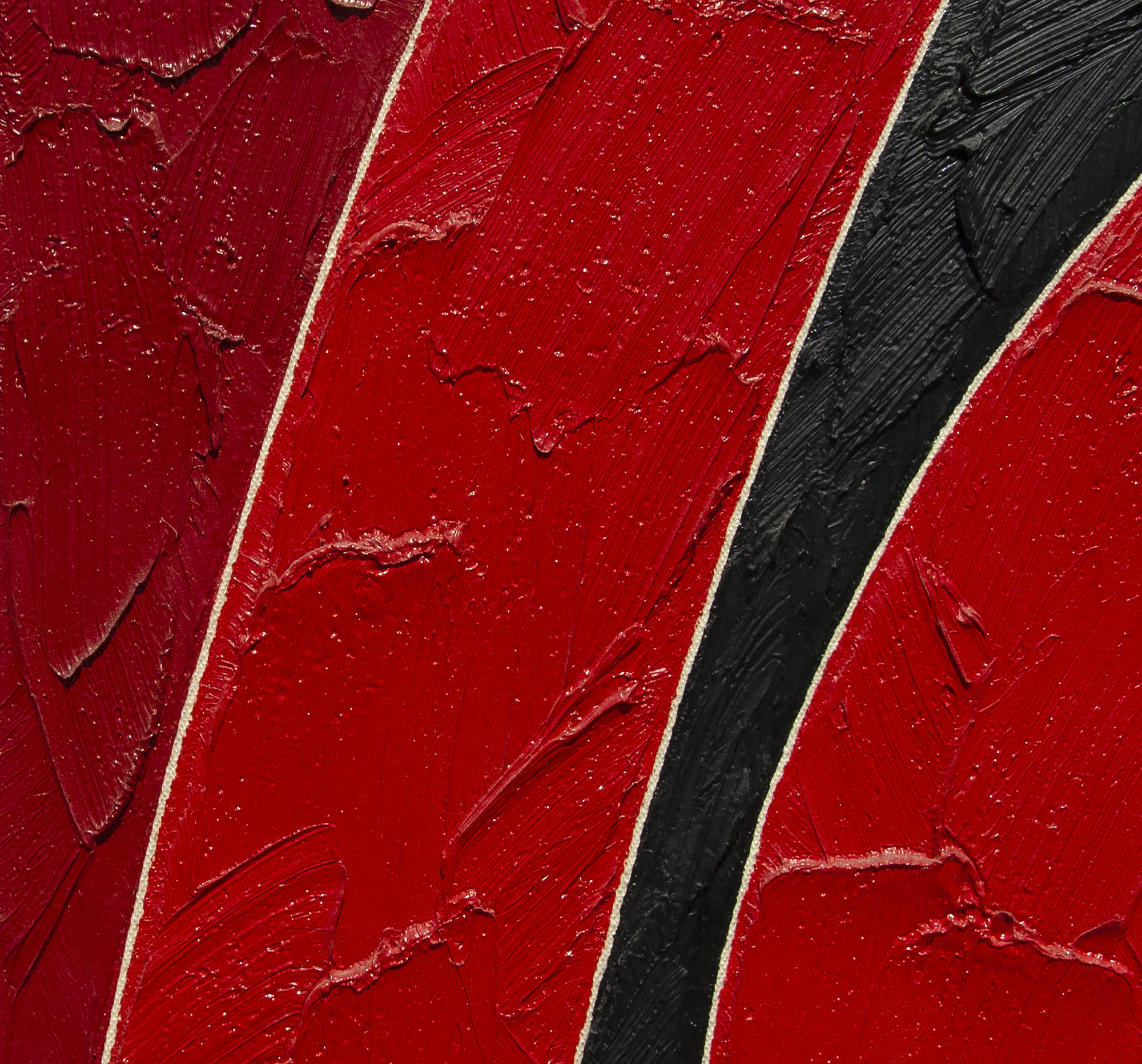
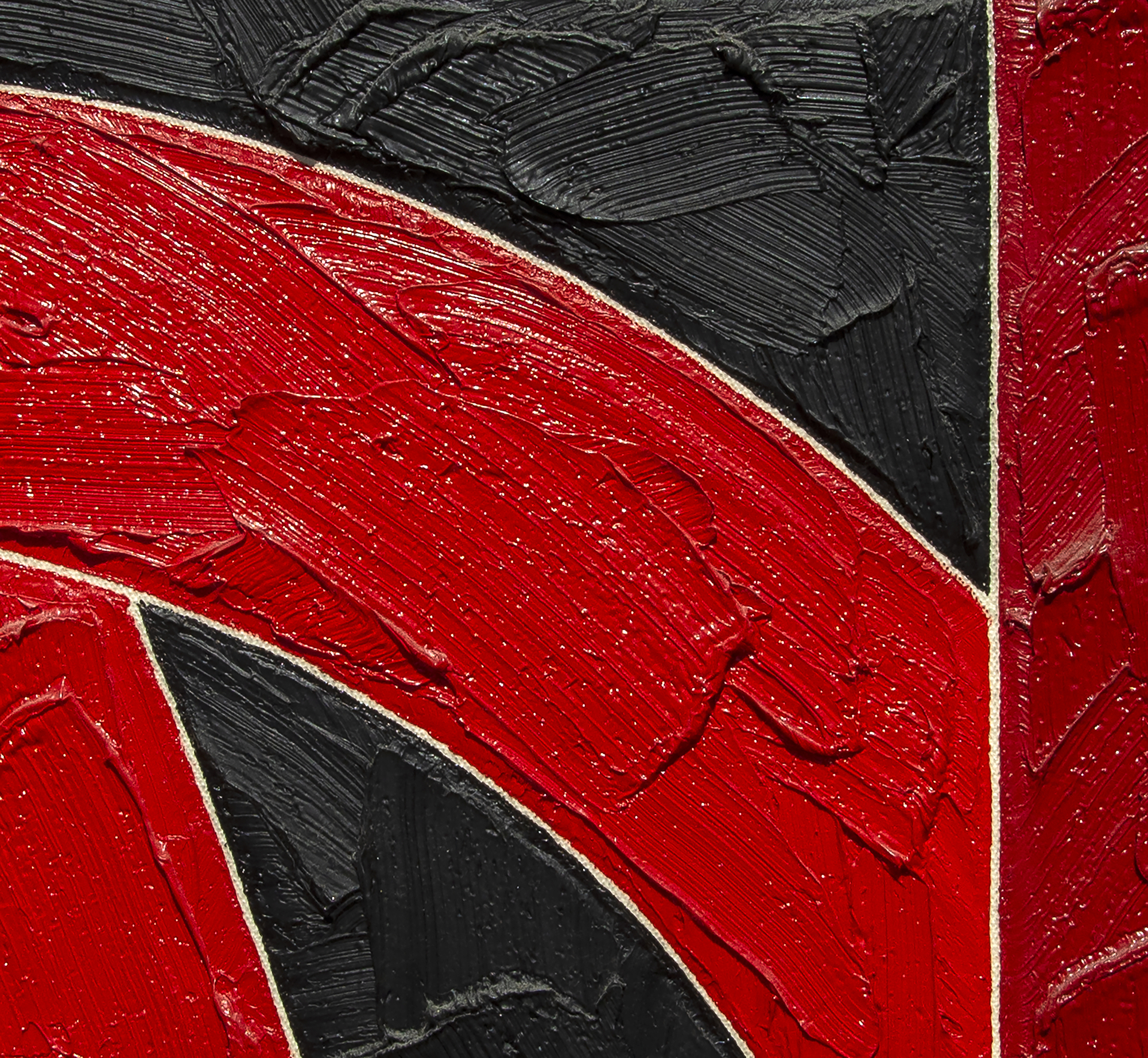
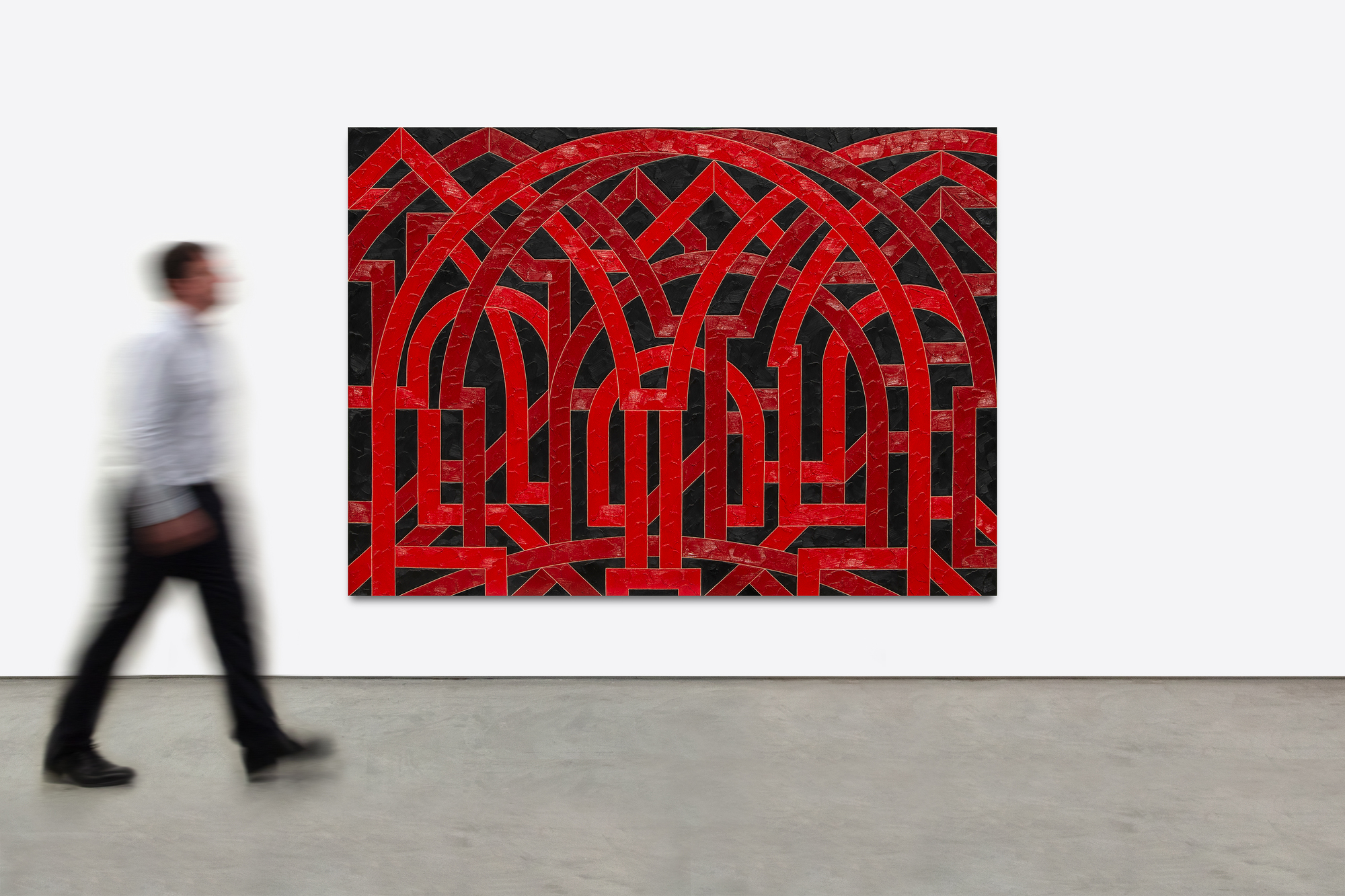
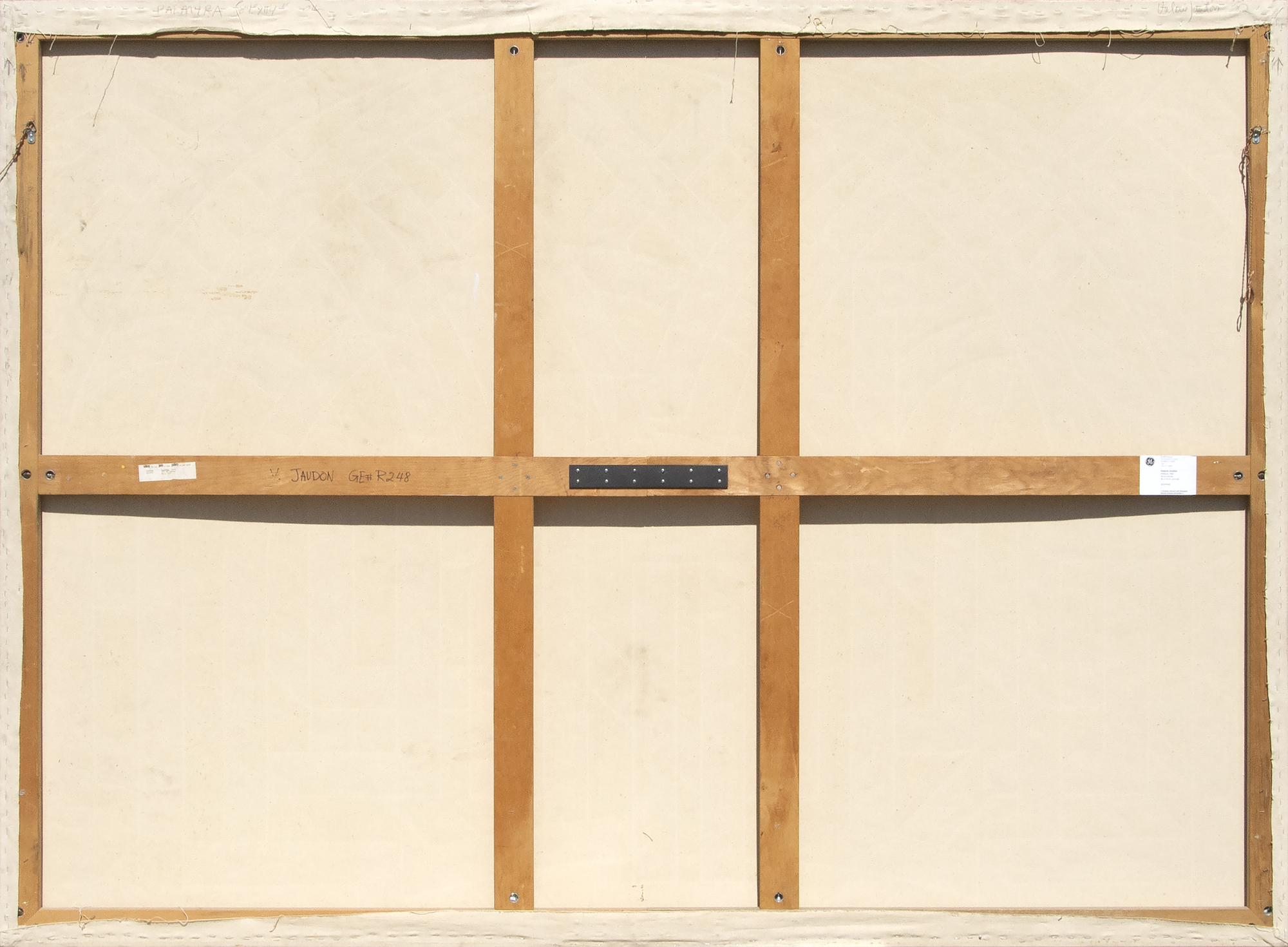
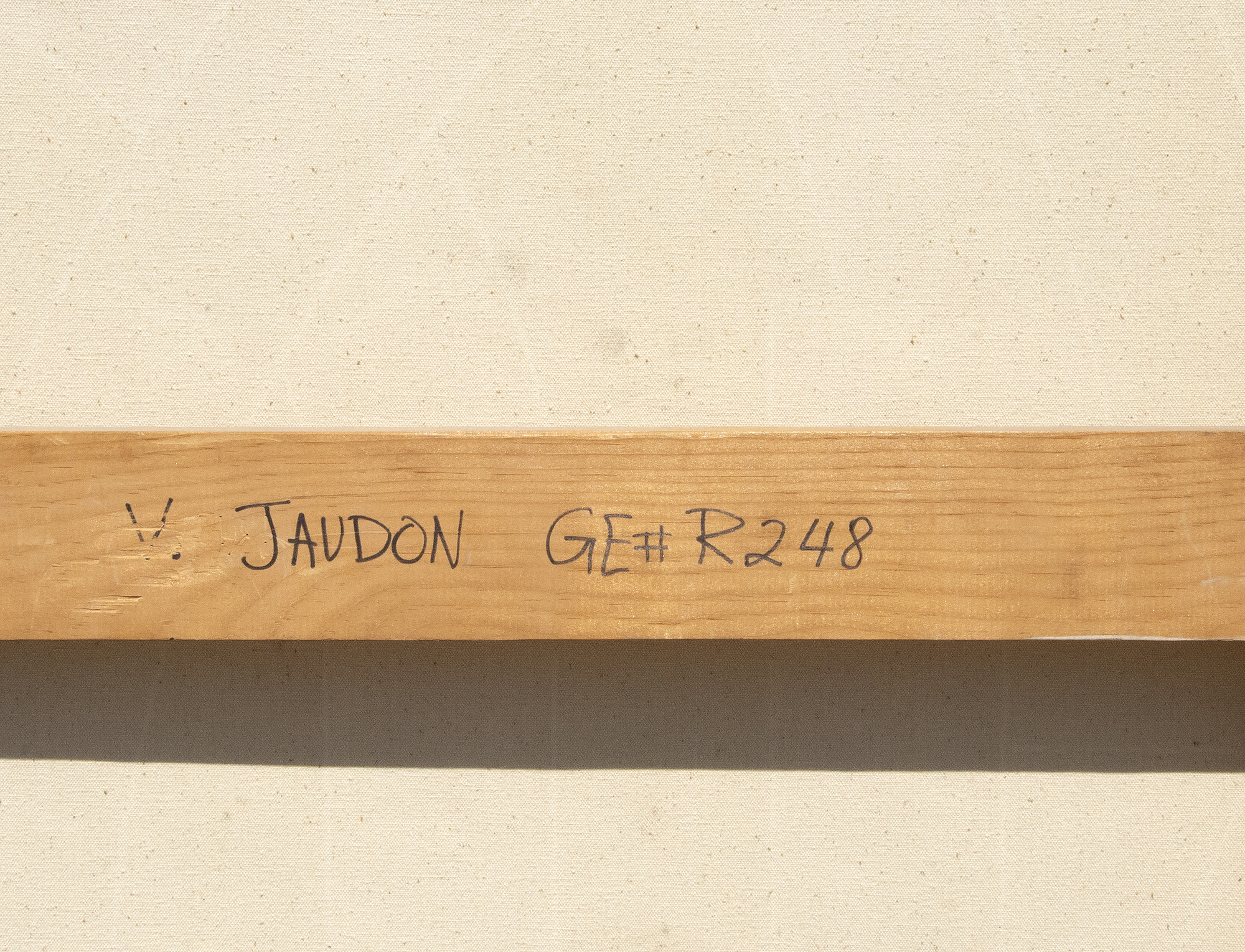
Provenance
General Electric Corporate CollectionHeather James Fine Art, Palm Desert
125,000
At the same time, Palmyra exemplifies the ability of Jaudon to create aesthetically beautiful works. Jaudon interweaves shades of red into ornate arabesques recalling gothic stonework, celtic knots, and Islamic calligraphy. The crispness of the lines against the impasto and the layering of red tones makes it appear that the lines are carved like stone.


